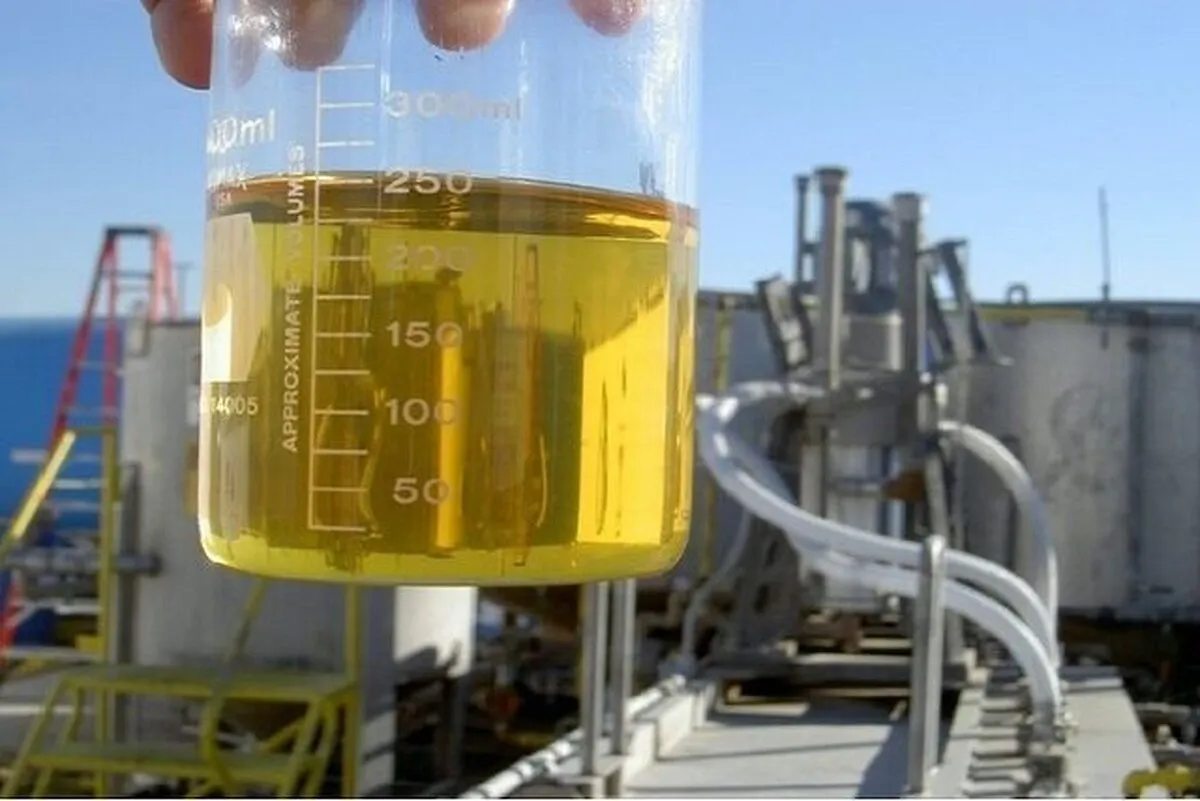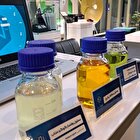Iran Constructs 1st Green Products Refinery in Middle- East

For the first time in the Middle East, a group of technologists from one of the companies, with round-the-clock efforts and spending huge expenses, manufactured green products refining equipment, including centrifuges, reactors and other components of the production line, relying on US EPA standards.
“The first phase of this project (refinery number one) is now ready for operation and has a daily production capacity of between 100,000 to 300,000 liters of product. If the authorities support it, the second phase (refinery number two) can also produce between 5 and 10 million liters of product daily, meeting a large part of the country's needs,” said Ali Arabzadeh, the managing director of the company.
“Using our green products can reduce vehicle maintenance costs by about 50%, and fuel consumption by 5% to 10%, extend the life of the vehicle engine, help reduce noise, friction, and increase efficiency,” he added.
“Also, based on tests, using these products leads to a 60% to 70% reduction in air pollution. All of these products are non-toxic, biodegradable, environmentally friendly, contain the lowest amount of sulfur (120 times less than fossil fuels) and can be returned to nature,” Arabzadeh said.
“All of the company's products are manufactured based on to the global standard ASTM D6751,” he added.
A green refinery, also known as a biorefinery, is an industrial facility that converts biomass (like vegetable oils, animal fats, crops, and algae) into liquid fuels such as ethanol and biodiesel, or other chemicals, effectively replacing traditional petroleum-based fuels and products.
These facilities are designed to minimize environmental impact through various measures including emission control, water conservation, and pollution monitoring.
4155/v





















